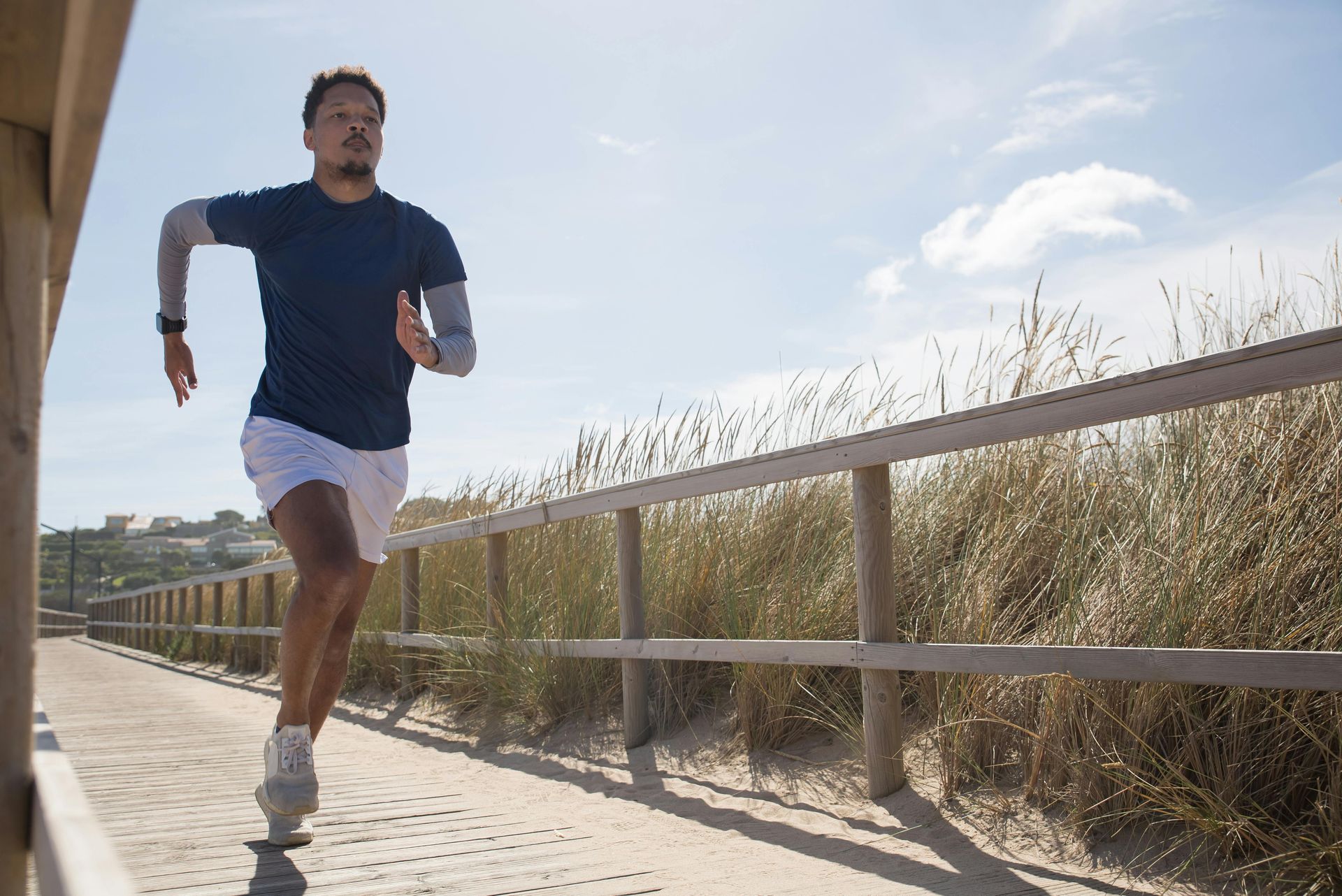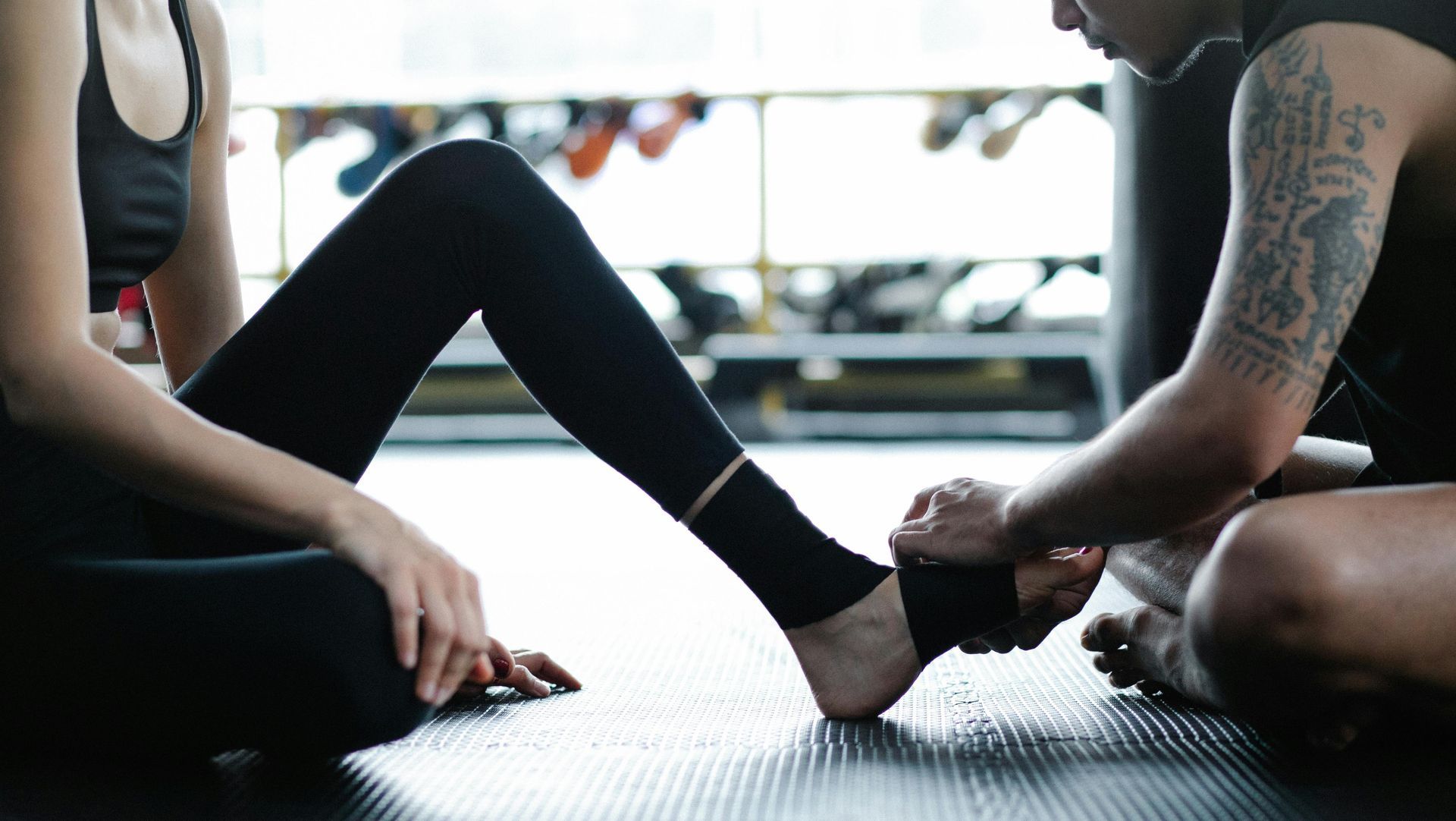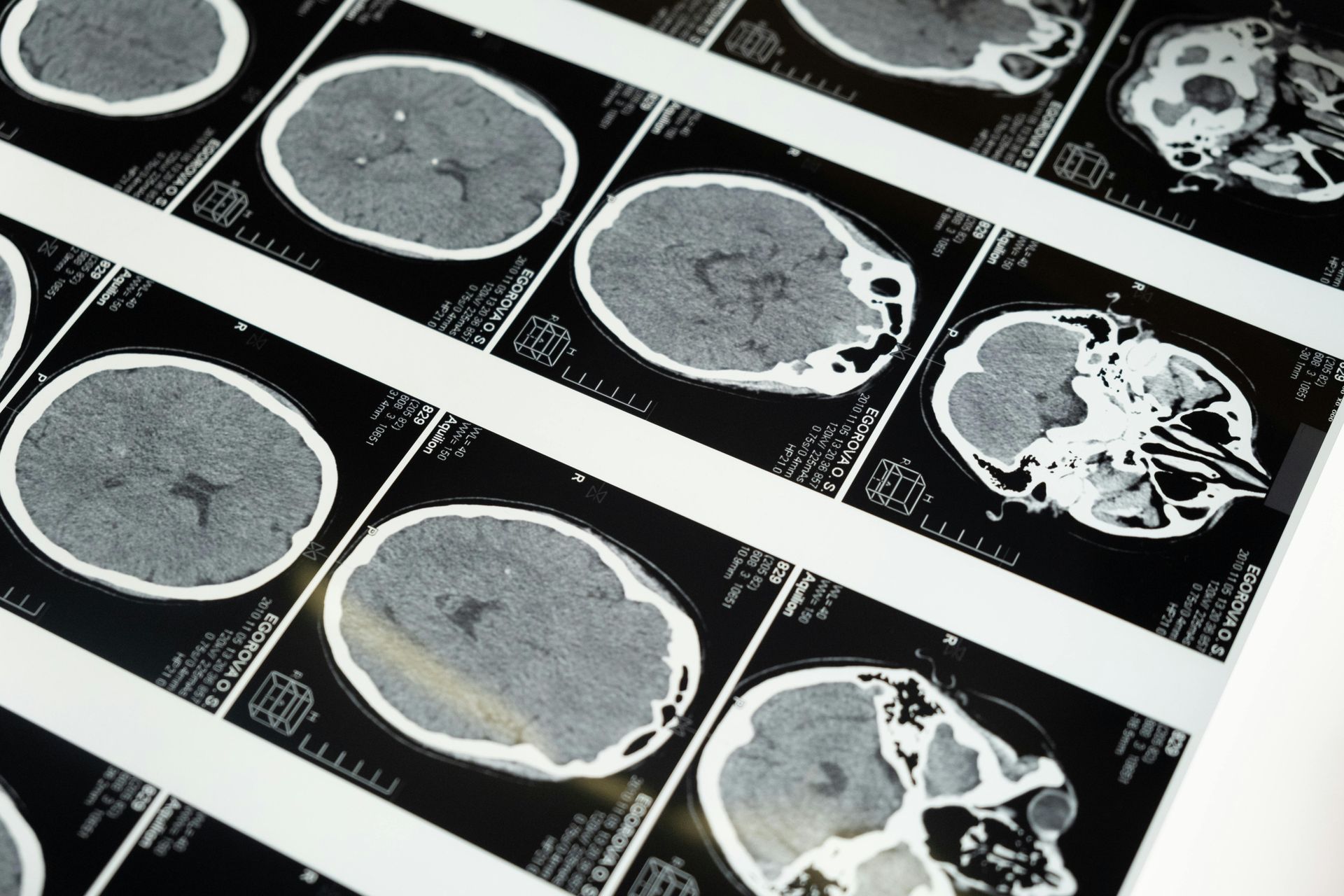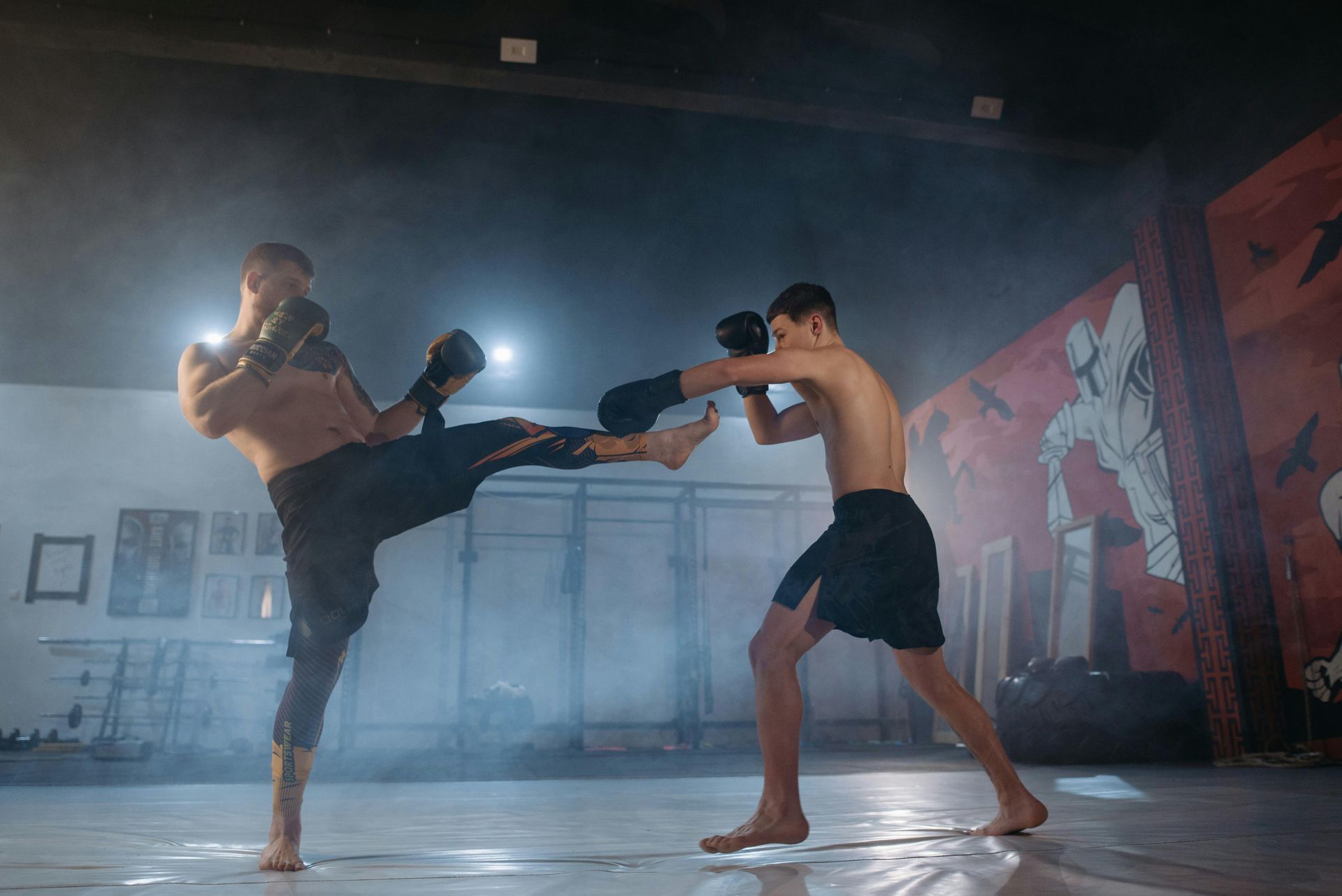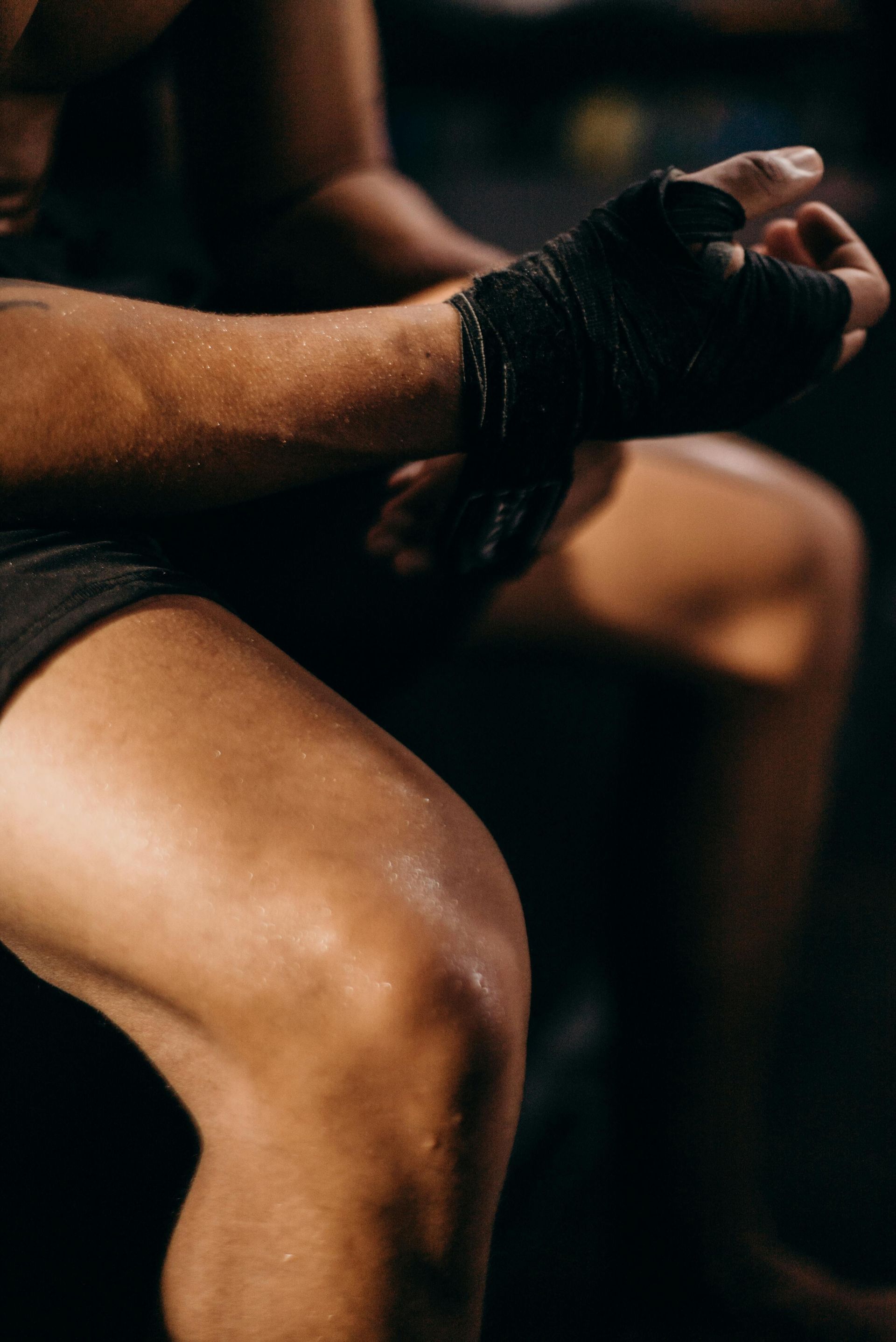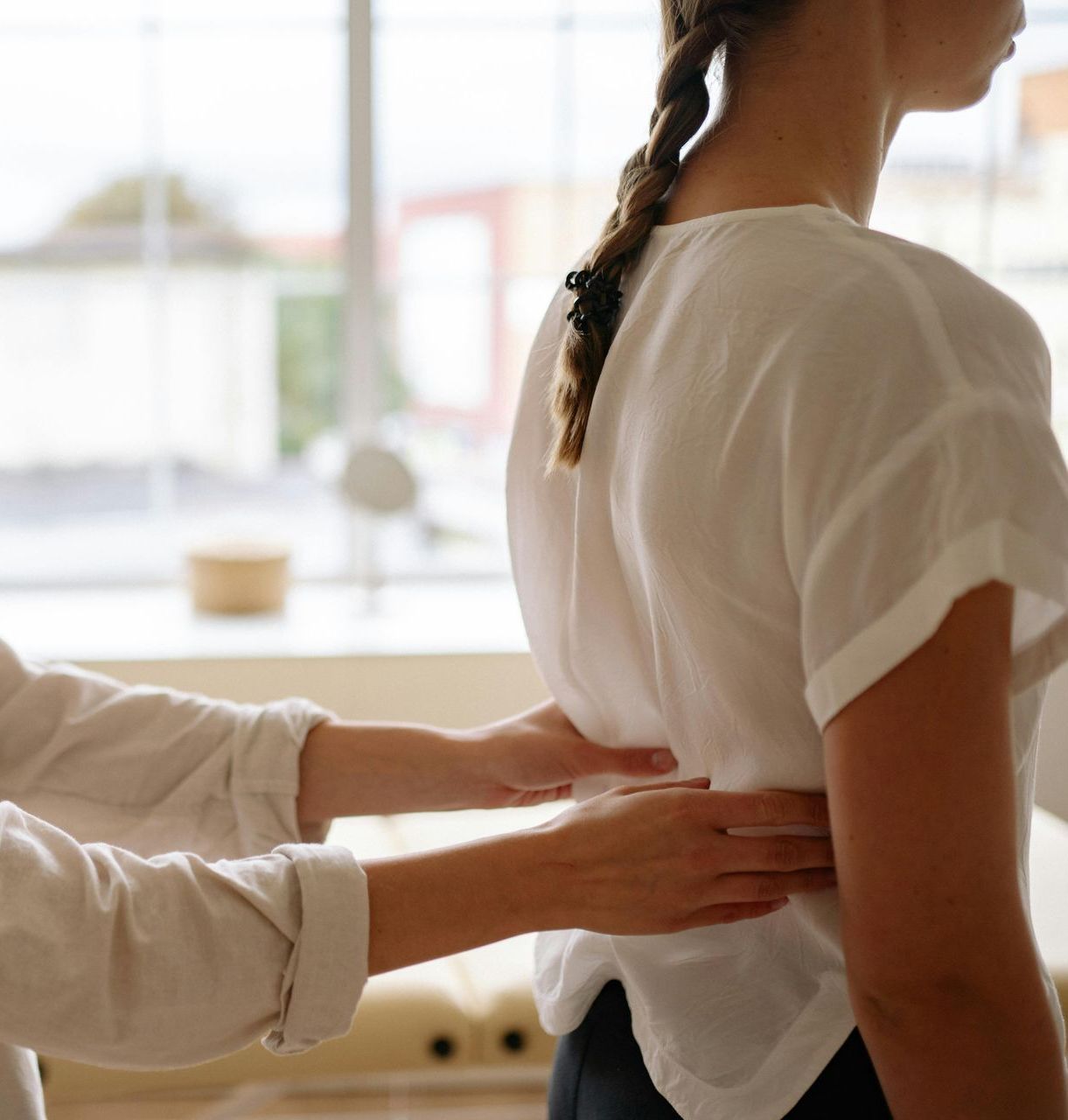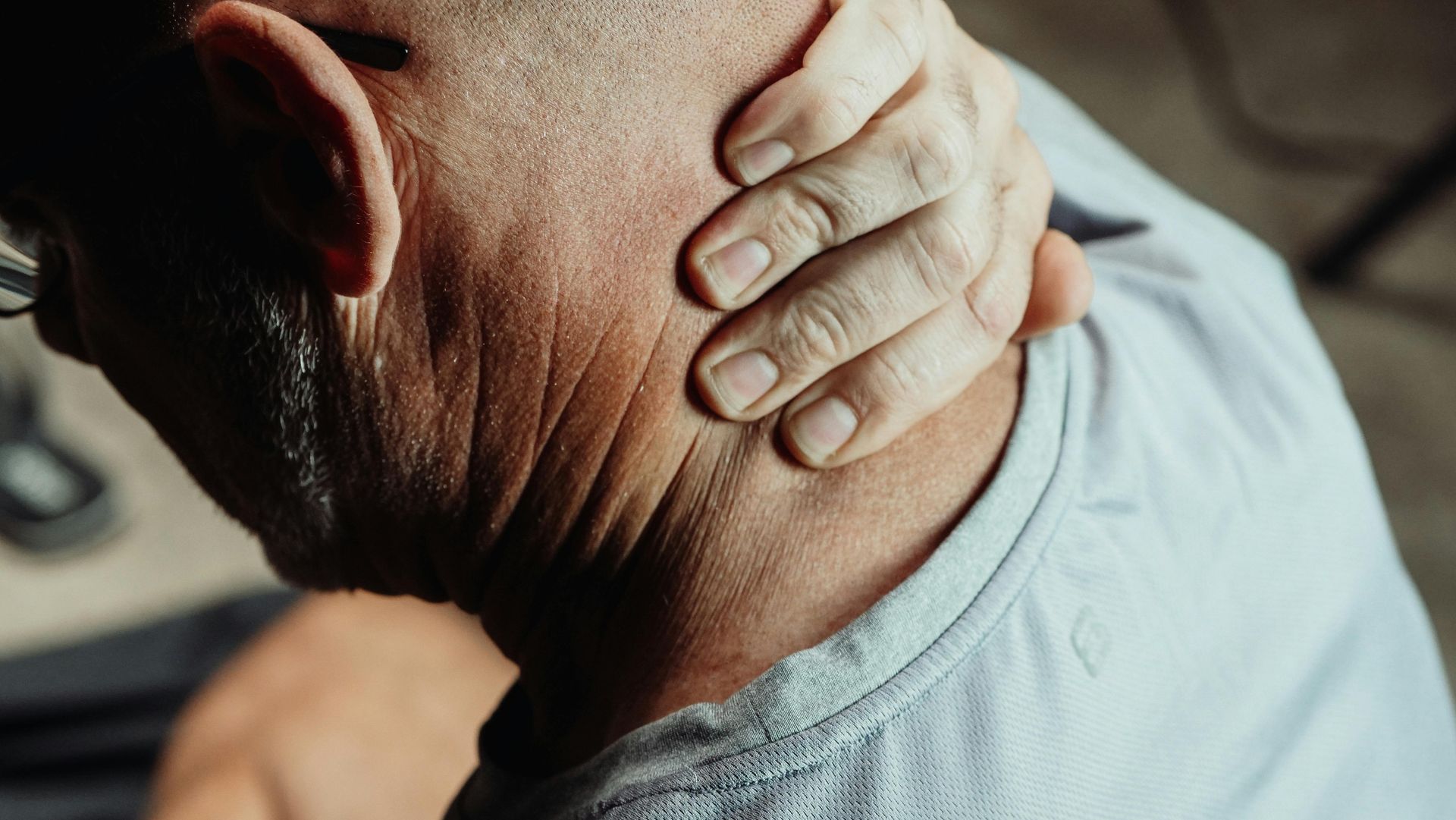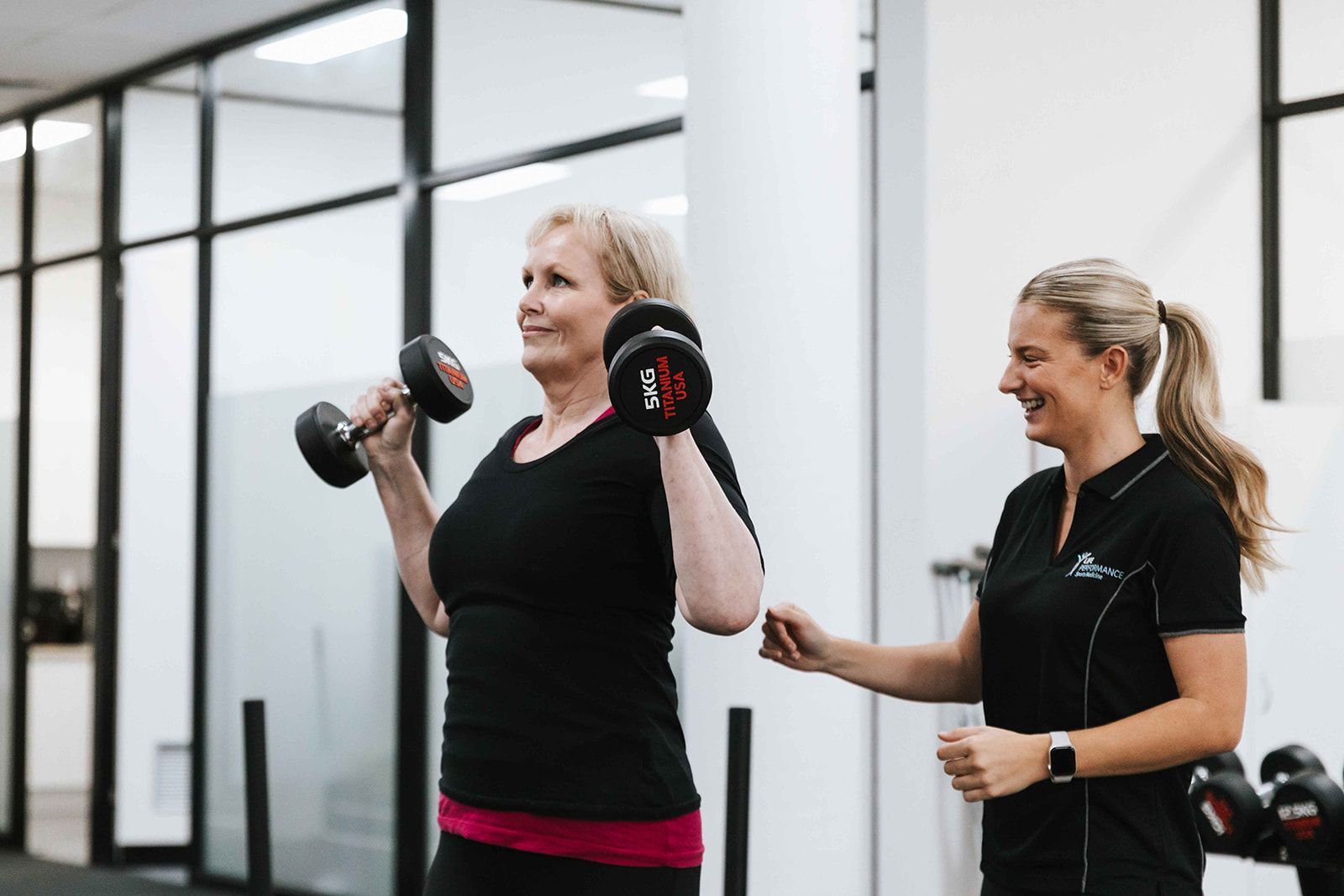Prepare with Intent - Warm-ups
Guidelines to an effective warm-up
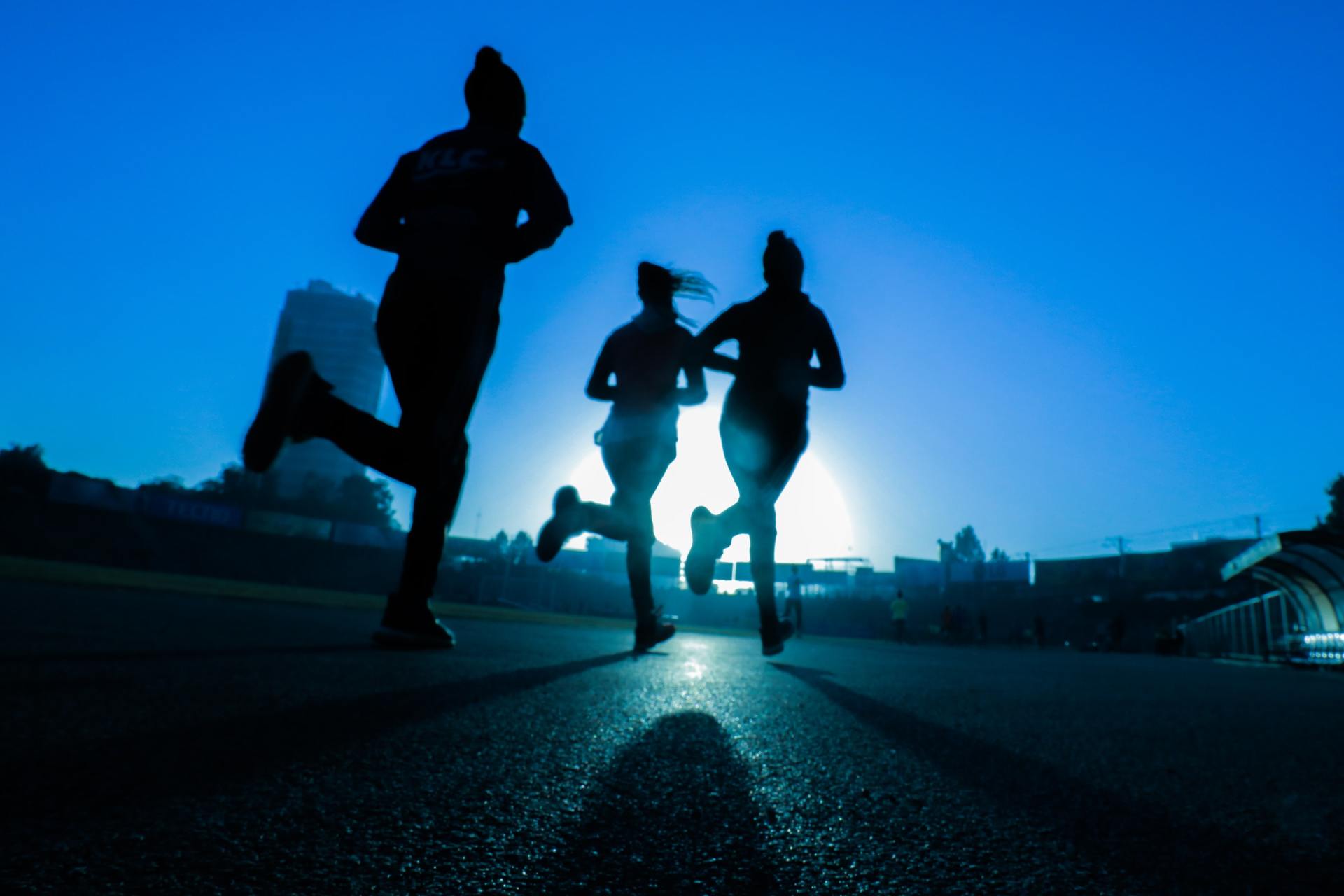
Imagine a freezing cold morning. You head out to your car to find a layer of ice covering the windshield. You turn the key and the engine splutters, but starts hesitantly!
You decide to wait and rev the engine for a couple of minutes to “warm it up”
Now the car is primed and ready to drive, providing that mechanical assurance and freeway performance that you have grown to expect.
So why is the human body any different?
Taking the body from a state of low arousal, heart rate and body temperature to a level that is ready to run, swim, jump or compete, requires a comprehensive warm- up.
An appropriate warm-up has been shown to reduce injury risk by up to 30%(1) .
While the primary purpose of a warm-up is to prepare the body for the stress it is about to endure, it can also provide an injury preventative effect.
Programs like the FIFA 11+ have now been around for a while, but provide the dual effect of preparing the bodies physiology, combined with a reduction in injury risk (2)
Although this program serves as a foundation, it needs to be adapted toward the specific sport or activity that the body is being prepared for.
Here are 5 key principles to consider when completing a pre-training or pre-exercise warm-up:
1. Start small – Start with slower and smaller movement patterns, this might involve some dynamic stretches.
2. Be body specific – Prime the joints and muscles that will be directly called upon in your sport. For example an arms overhead sport will need shoulder mobility/ activation, field sports like football will require waking up of hips, thighs, knees and ankles.
3. Gradual progressions - Gradually build intensity over a 10-15min period
4. Be movement specific – Multi-directional field and court sports require movements in all planes and directions. For example- sidestepping, cutting and jumping, sprint & stop, starting from the ground.
5. Prepare the intensity – You will need to match the intensity required for the activity ahead If the sport requires maximal 30m sprints, finish your warm up with 1-2 reps of these. If you’re a casual runner, you might start a light jog after some dynamic stretching and progress your speed gradually.
Tune in to to Errol St Physio social media for some specific exercise ideas on what you might include through your staged warm-up.
1- Sadigursky, D., Braid, J.A., De Lira, D.N.L. et al. The FIFA 11+ injury prevention program for soccer players: a systematic review. BMC Sports Sci Med Rehabil 9, 18 (2017). https://doi.org/10.1186/s13102-017-0083-z
2- Impellizzeri FM, Bizzini M, Dvorak J, Pellegrini B, Schena F, Junge A. Physiological and performance responses to the FIFA 11+ (part 2): a randomised controlled trial on the training effects. J Sports Sci. 2013;31(13):1491-502. doi: 10.1080/02640414.2013.802926. Epub 2013 Jul 16. PMID: 23855764.
